Asus Zenfone 9 review: Great compact phone with two catches
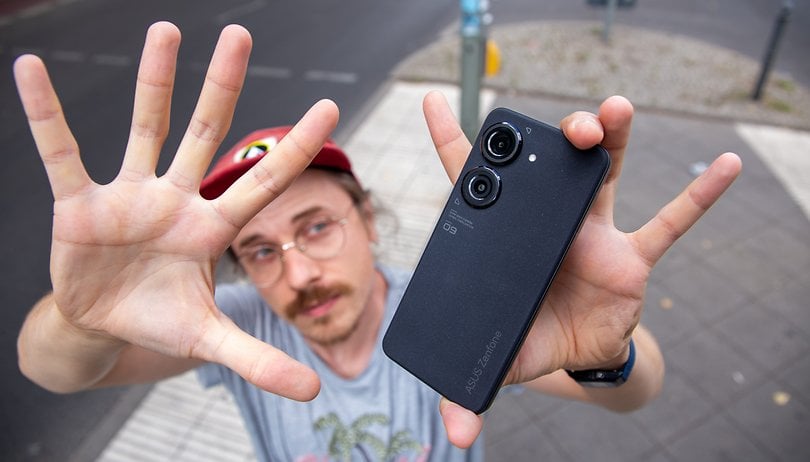

On paper, the Zenfone 9 is a smartphone after my own heart! Simple, compact, ultra-powerful, and does not include the redundant macro and depth cameras. Read my review on NextPit to find out whether the 5.9-inch smartphone can hold its own in everyday use and what its two biggest drawbacks are.
Good
- Very powerful
- Brilliant, crisp display
- 3.5 mm audio jack
- Great picture quality during the day
- Clean, functional UI
Bad
- Inadequate Android updates
- Glaring overheating problems
- No memory expansion slot
- No wireless charging support
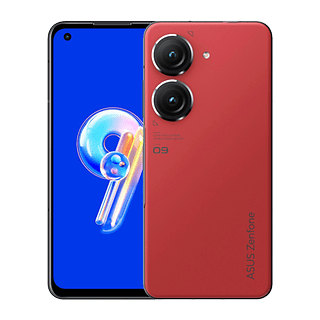
The Asus Zenfone 9 in a nutshell
Asus' Zenfone 9 proves to be a powerful and charming Android smartphone for everyday use. It is relatively compact in nature compared to the current top models from Samsung and Xiaomi, but comes with a few tricks for one-handed operation. Despite very good features like good camera performance that offers stabilization and an impressive battery life, Asus did not make the cut in several areas. First and foremost, the software update period is too short, and there are severe overheating issues.
If those do not deter you, you can buy the basic version of the Zenfone 9 that comes with 128 GB of storage space and 8 GB of RAM for $799.
Design & Display
Armed with its 5.9-inch display, the Zenfone 9 is a compact Android smartphone. Thus, it fits well in the hand and can also be operated using just one hand. Despite the smaller form factor, Asus does not skimp on the display. You get a 120 Hertz refresh rate, HDR support, and 1,080 x 2,400 pixels resolution. The same goes for the unconventional back and nice details like the multifunctional on-switch as well as the 3.5 mm audio jack.
What I liked:
- Surprisingly "handy"
- Beautiful display even when viewed under bright daylight
- Included phone case is really cool
What I disliked:
- The back gets dirty, fast!
- Power switch is located too low
Fans of small phones don't have too many options left in 2022. Apple has discontinued the successor of the iPhone 13 mini, which I highly praised, leaving only models like Samsung's Galaxy S22 or the Xiaomi 12 (read review). Or you can opt for a foldable phone like the Galaxy Z Flip 4. However, the Zenfone 9 does not have to hide behind the alternatives from premium smartphone manufacturers.

On the one hand, this is due to the bright 5.9-inch display with its high pixel density of 445 PPI, courtesy of the Full HD+ resolution and tiny display area. The 120 Hertz refresh rate can be reduced to 60 or 90 Hertz to save battery life, ensuring a particularly smooth experience when displaying content. Asus also included practical tools that will help you adjust the colors in the settings.
While the display spoils your eyes, your fingers rest on a soft back. Instead of glass, Asus opted for a non-slip, anti-fingerprint back that shines in Starry Blue, Moonlight White, Sunset Red, or Midnight Black. It feels good, but is also susceptible to scratches and smudges all too easily. If that bothers you, there is a surprisingly high-quality black protective case in the box.
The general build quality is appropriate for a phone that costs less than $800. So is the IP68 certification, although it is a bit harder to achieve due to the 3.5-millimeter audio jack that is located on top. Tipping the scales at 169 grams, the Zenfone 9 is also particularly light.
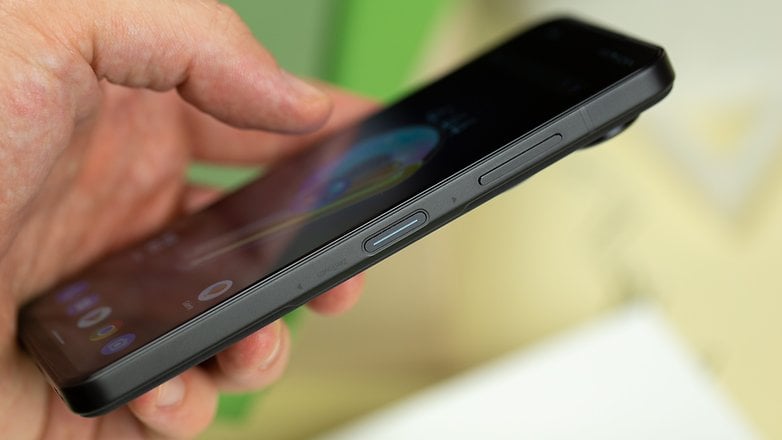
In what is most probably the only point of criticism: The light smartphone tends to fall out from your hand when you want to use the power button. This is because it is placed in a rather low position. However, you can get used to pressing it with your thumb with a bit of practice. However, this is still inconvenient. Asus could have decided to split the buttons evenly on both sides like Apple did.
Software: Lightweight OS with too few updates
Asus equips its Zenfone 9 with Android 12 right out of the box, tacking on a few other customizations on top. These are not only elegant and nicely integrated into the OS, they are also really useful. For example, you can activate the flashlight by tapping the back twice. Or you can swipe the notification bar down using the power button. I like the Android skin which is dubbed ZenUI, very much.
What is less impressive, or rather catastrophic, is Asus' system maintenance. Because with two more operating system version updates and two years of security updates, you buy a phone for $799 in 2022 that will no longer receive any updates against security vulnerabilities or new malware threats by the time 2024 rolls around. Other manufacturers offer far longer update warranties—this is where Asus scored a big minus point .
Performance: Hercules who is actually Icarus
The Zenfone 9 is equipped with the most powerful Android SoC at launch, Qualcomm's Snapdragon 8+ Gen 1. With up to 16 GB of LPDDR5 RAM and a maximum of 256GB UFS-3.1 ROM, the storage standards are up to the demands of the chipset. Wirelessly, WiFi 6E as well as Bluetooth 5.2 connectivity are on board.
What I liked:
- Very high performance capabilities
- Smooth system performance
- Good stereo speakers
What I disliked:
- Extreme overheating problems
- No option for memory expansion
Our standard benchmark, 3D Mark's WildLife, is no match for the Snapdragon 8+ Gen 1. The Zenfone 9 is said to be too powerful, making the test results unavailable. This means that you can set all mobile games to the maximum graphics settings without any hesitation, and you can eliminate waiting times from your everyday mobile life. It is also exciting that Asus allows you to shorten the animations right out of the box. Together with the 120 Hertz display, this makes the Zenfone 9 particularly snappy.

However, during a test session in Call of Duty: Mobile, the Zenfone gradually revealed its biggest flaw. The smartphone gradually got hot under a continuous load, so this had to be checked in the benchmark. The continuous load benchmark WildLife Stress Test tortures smartphones for 20 minutes, and I promptly received a fright when I touched it.
The case got so hot that a light fog formed in the camera when I placed my finger on the glass. As our colleagues from Allround-PC found out via thermal imaging camera, the temperature rose to a potentially dangerous 53 degrees celsius in the process. This could result in a nasty burn if you were to answer a call and place the smartphone to your ear.
| Asus Zenfone 9 | Samsung Galaxy Z Fold 4 | Samsung Galaxy S22 Ultra | Samsung Galaxy Z Fold 3 | Huawei Mate XS 2 | |
|---|---|---|---|---|---|
| 3D Mark Wild Life | Too powerful | 8,611 | 5,682 | 5,683 | 5,793 |
| 3D Mark Wild Life Stress Test | Best loop: 10,524 Worst Loop: 5,617 |
Best Loop: 10,332 Worst Loop: 5,606 |
Best Loop: 5,741 Worst Loop: 3,351 |
Best Loop: 5,579 Worst Loop: 3,435 |
Best Loop: 5,782 Worst Loop: 3,267 |
| Geekbench 5 | Single: 1,263 Multiple: 3,899 |
Single: 1,332 Multiple: 3,947 |
Single: 1,155 Multiple: 3,356 |
Single: 1,095 Multiple: 3,239 |
Single: 840 Multiple: 2,759 |
Although the Zenfone almost burns your skin when it is under heavy load, the smartphone throttles the performance of the Snapdragon 8+ Gen 1 by a significant margin. The benchmark result: You have to expect performance losses of almost 50 percent during longer gaming sessions. Asus' new Steam Chamber cuts a miserable figure and leaves you scratching your head, whereas the Asus ROG Phone 6 Pro mastered these tasks excellently in the test.
On the plus side, the Zenfone 9 has solid stereo speakers, but you can easily cover them when using the smartphone horizontally. I have to criticize the lack of storage expansion via a microSD card slot.
Camera: Almost Pixel level
It is hard to miss the two cameras on the back of the Zenfone 9. The first one is equipped with the familiar IMX766 sensor, which is also used in the Nothing Phone (1) (review) or the Oppo Find X5 Pro (review). However, Asus relies on a 6-axis gimbal, which you might be familiar with from selected Vivo models. Alternatively, you can choose between an ultra wide-angle camera and a selfie shooter with 12 megapixels resolution.

What I liked:
- Great pictures from the main and ultra wide-angle cameras
- Gimbal camera is a more useful add-on that other redundant sensors on other smartphones
- Videos at up to 8K at 24 frames per second
What I disliked:
- Camera app is rather spartan
- No telephoto lens
- Annoying ring around selfie camera
It is hard to believe that Asus can build good camera phones after reading the ROG Phone 6 review. Although the Zenfone 9 is no longer suitable as the supposedly best selfie phone, the pictures of the main camera are solid. The gimbal stabilization based on six axis ensures ultra-smooth video recordings as well as better and blur-free pictures. You can check out the samples in the gallery.
For my preference, however, the shots are sometimes too heavily post-processed and have an artificial HDR look. I would like to see more options in the sporadic camera app on the Zenfone. However, you can also snap RAW pictures in Pro mode and develop them on the PC afterward. The ultra wide-angle camera has a resolution of just 12 megapixels, but it offers autofocus and becomes a makeshift macro camera. Samples can also be found here in the gallery.
Unlike its predecessors, the Zenfone 9 does not win any prizes when it comes to selfies. However, the quality is sufficient for video calls or social media. Speaking of social media, those who like to film with their smartphone will get a small action cam in their house with the Zenfone 9. The 6-axis gimbal ensures particularly smooth recordings in ultra-stability mode. However, since the Zenfone also uses electrical image stabilization, you have to work with a section of the whole picture and the quality is also limited to Full HD at 30 frames per second.
Overall, the Zenfone 9 surprises with consistently good image quality and a real "USP" thanks to the gimbal despite the dual camera!
Battery: 4,300 mAh lasts for two days
With a 4,300 mAh rating, the Zenfone 9's battery is not huge. However, the compact phone delivers a solid 2-day performance in everyday use and also cuts a good figure in the battery benchmark. You will have to live without wireless charging, but Asus includes the power adapter in the box despite greenwashing efforts elsewhere.
What I liked:
- Surprisingly good battery life
- Power adapter included in the box
What I disliked:
- No wireless charging support
- Quick charging with 30 watts not too fast

The biggest drawback of small smartphones: the usually very short battery life. Asus managed to fit a 4,300 mAh battery into the Zenfone 9 and it cuts a very good figure in everyday use. Despite the energy-hungry 120 Hz display and powerful SoC, the runtime easily manages one and a half days in everyday use. The PCMark battery benchmark confirmed this impression.
Quick-charging works at just 30 watts, which is hardly sufficient for a device in this price range. The lack of wireless charging is also a drawback that weighs heavily at an MSRP of $799. In short: The Zenfone 9 charges at a snail's pace (relatively speaking), but the battery life is totally convincing once it is charged.
Asus Zenfone 9 technical specifications
| Technical specifications | |
|---|---|
| Device | |
| Image | |
| Screen | 5.9-inch OLED, Full HD+ resolution, 120 Hertz refresh rate |
| SoC | Qualcomm Snapdragon 8+ Gen1 |
| Memory (varies depending on region) |
up to 16 GB LPDDR5 RAM up to 256 UFS 3.1 ROM |
| Software | Android 12 | ZenUI |
| Expandable memory | None |
| Main camera | 50 MP | f/1.9 | 23.8 mm focal length | 1.0 µm pixel size | PDAF | Gimbal OS |
| Ultra-wide-angle camera | 12 MP | f/2.2 aperture | 14.4 mm focal length | 113° viewing angle |
| Selfie | 12 MP | f/2.5 |
| Video | 4K at 30/60 fps | 8K at 24 fps |
| Audio | Stereo speaker |
| Battery | 4,300 mAh |
| Charging via cable | Max. 30 W |
| Wireless charging (Qi) | No |
| UWB | No |
Final verdict
Basically, the same conclusion can be drawn for the Zenfone 9 as for its predecessor. It is a charming, powerful and high-quality smartphone that is a bit bolder this year. I personally like the bold design much better than the pretentious looks of its predecessor, but Asus allowed itself some pretty unforgivable slip-ups this year.
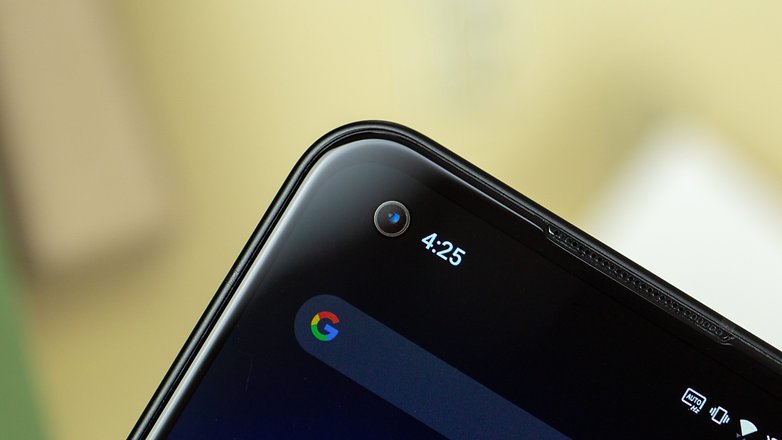
First and foremost, the miserable update policy, which is simply unacceptable for a smartphone that costs $799. Who can I recommend the Zenfone 9 to with a clear conscience when I have to mention that the next smartphone purchase is coming up in two years? And why did Asus install a smartphone chip with excessive performance whose heat build-up cannot be dissipated adequately by the smartphone? Who wants to buy a smartphone that reduces the performance by 50 percent while gaming and then still gets dangerously hot?
Even if they appear a bit more tamed: the Samsung Galaxy S22 and the Xiaomi models Xiaomi 12 and Xiaomi 12X remain the best compact Android phones in 2022.






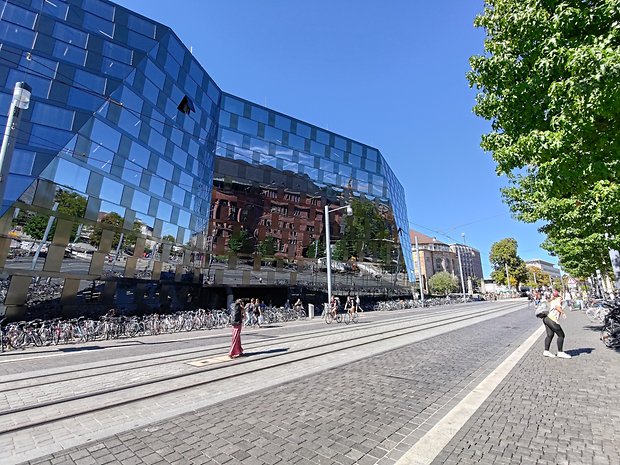



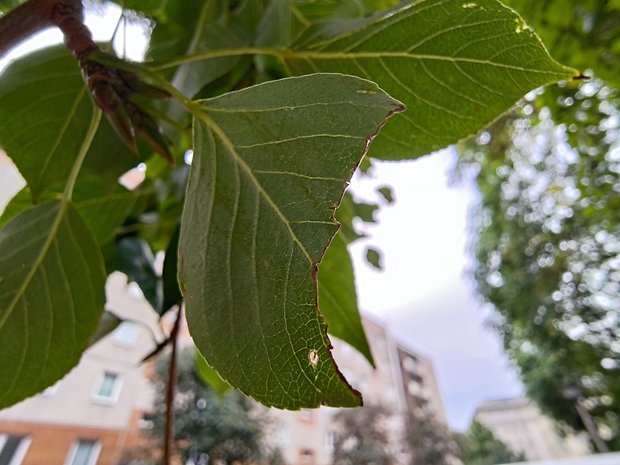
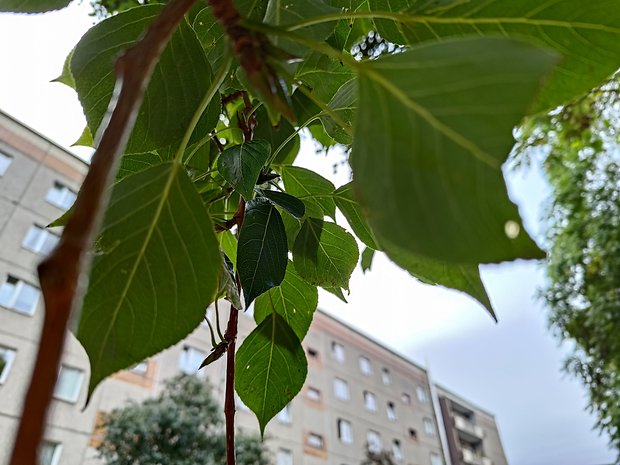



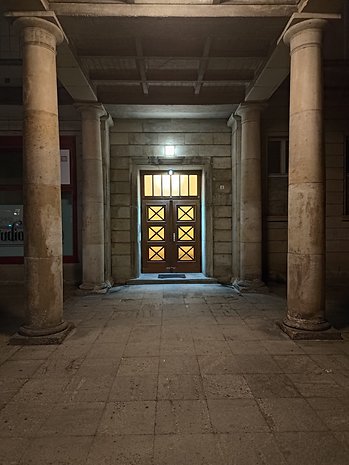














I generally like Asus Hardware. They seemed slow on updates last I looked into it. Has that changed?